Kifune Shrine: The God of Water in Kyoto
A mere half hour from the center of Kyoto will take you up the chain of mountains that cradle the city. Amongst the babbling crystalline mountain waters at the source of two of Kyoto’s major rivers is Kifune Shrine. Rumored to be home to a fearsome water dragon god, this often tranquil shrine is also a famous matchmaking spot that has plenty of riverside restaurants.
Kifune Shrine
Walking to Kifune Shrine
The closest station to Kifune Shrine is the Eizan Railway Kifuneguchi Station. From the station, you have a choice of either taking a bus or a brief 30-minute or so walk up the road to the shrine.
Taking a bus is obviously easier, but if the weather is fair, why not take a walk? Since Kifune is up on the mountainside of Kyoto, it is usually much cooler, even in the summer. The road to the shrine goes along the Kifune River, known for its pristine water. If you are lucky, you might even see fireflies at dusk.

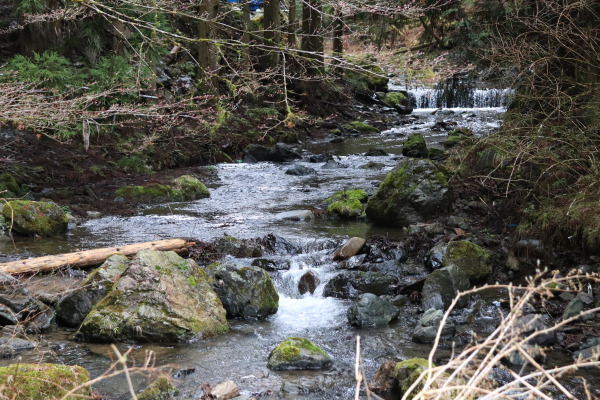
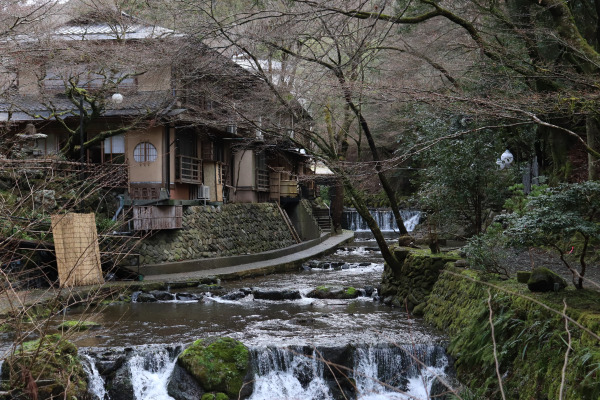
It is also possible to walk from Kurama Temple to Kifune Shrine via Kifune’s okunoin. In fact, many people typically visit both Kifune Shrine and Kurama Temple in the same day. Just bring a decent pair of shoes since part of the trail is a bit rocky.
Shrine Grounds
It will not take you long to reach the shrine’s hongu (main building). Though Kifune’s origins are not clear, legend has it said that Princess Tamayori, Emperor Jinmu’s mother, sailed up the Yodogawa and Kamoga rivers in a yellow boat. Once she reached the source of these rivers, she built Kifune Shrine.
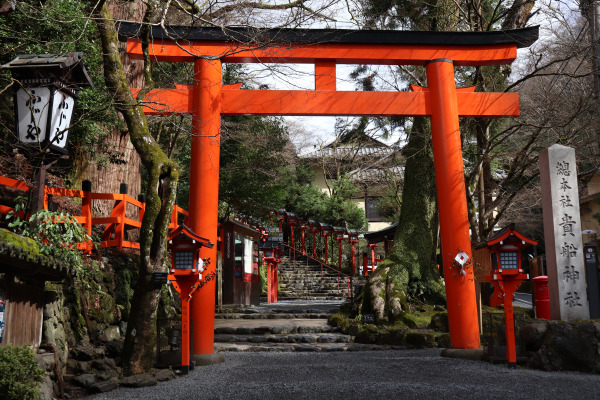
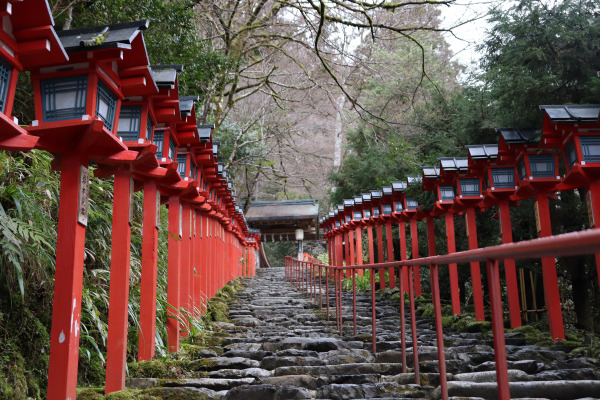
The hongu enshrines the water dragon god, Takaokami no Kami. Coincidentally, the Yodogawa River and the Kamogawa River were often the cause of many floods in Kyoto, so the people of Kyoto would often visit Kifune Shrine in hopes of keeping this fearsome dragon god appeased.
In the shrine ground, there is even spring water from the mountain. There is even an omikuji in which you float a piece of paper on the water and the letters come out!
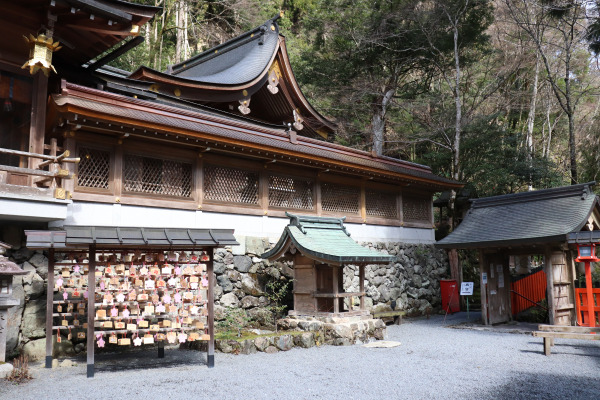
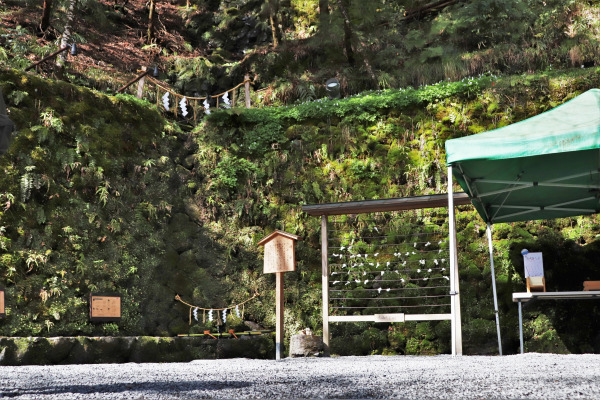
Yuinoyashiro
Kifune Shrine’s hongu is relatively small, but another sacred site, the Yuinoyashiro, is just up the road. Walking along the roads at Kifune Shrine is really fun because there are so many riverside restaurants called Kawadoko. These restaurants aren’t exactly cheap, but it is always interesting to go by and see what’s on the menu. Of course, if you have the money for it, splurge!
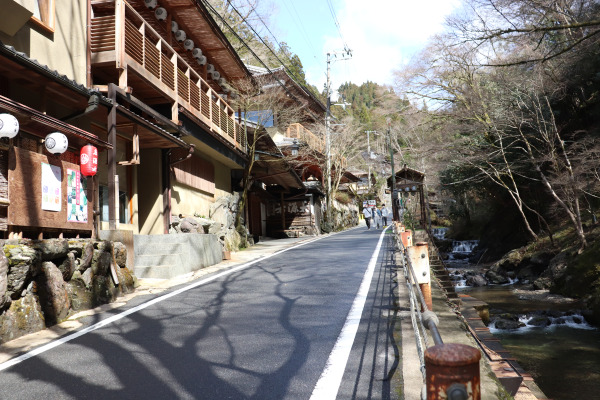
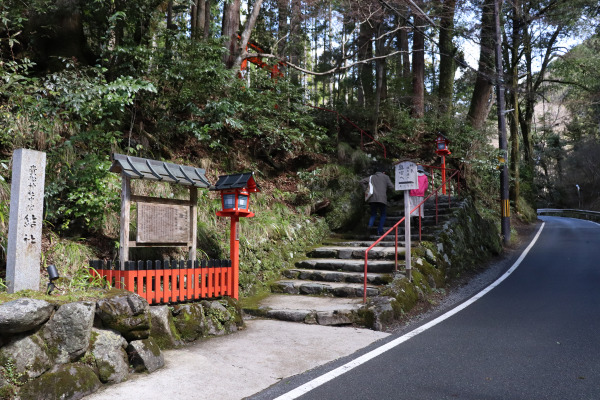
Yuinoyashiro enshrines Princess Iwanaga, who is known for matchmaking. A prominent ancient poet, Izumi Shikibu, once visited Yuinoyashiro and reconciled with her husband.
It is quite surprising how many matchmaking shrines are in Japan.
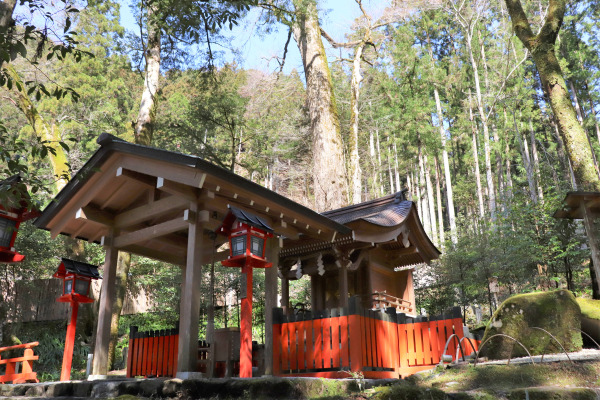
Okumiya
Further up from the Yuinoyashiro is the Okumiya. The Okumiya is the birthplace of Kifune Shrine. Surrounded by many tall trees, the atmosphere is certainly different here.
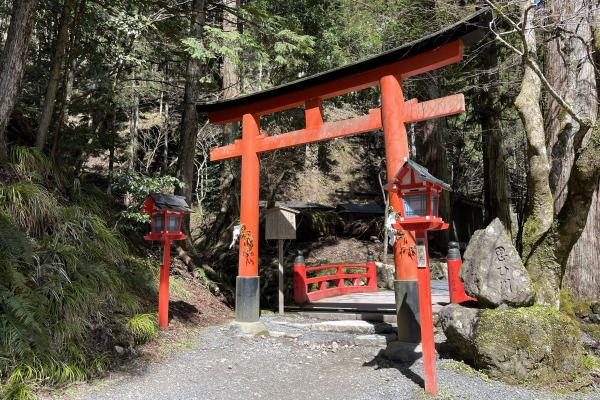
Okumiya enshrines Princess Tamayori and Kuraokami no Kami, who is also a dragon god of water. Takaokami no Kami and Kuraokami no Kami are technically different gods, but in Kifune Shrine both are believed to be the same.
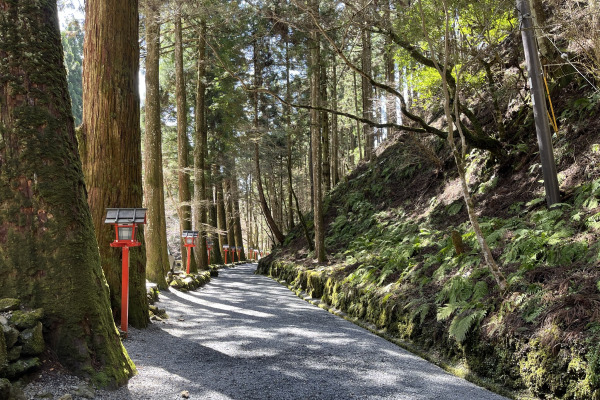

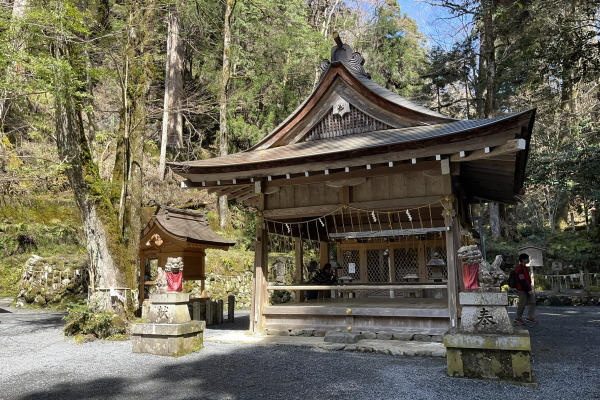

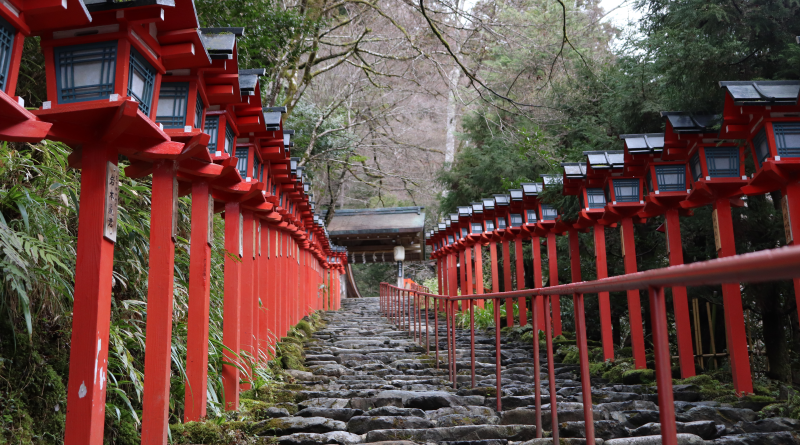
Leave a Reply